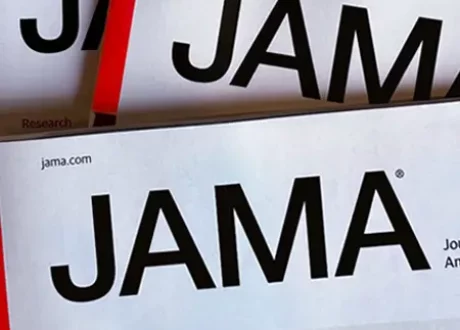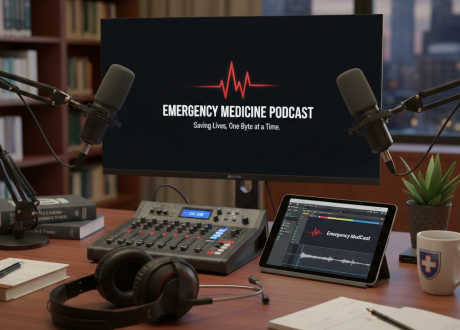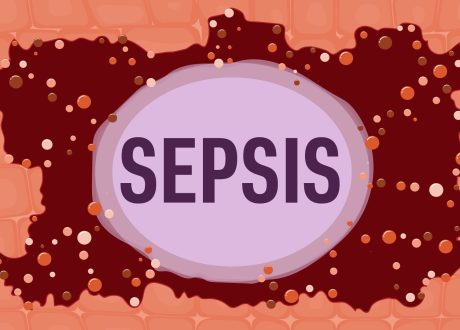Pharmacists in Trauma: a randomised controlled trial of emergency medicine pharmacists in trauma response teams
- http://orcid.org/0000-0002-6889-2338Cristina Roman1,2,3,4,
- Michael Dooley1,3,
- http://orcid.org/0000-0003-0183-7761Mark Fitzgerald5,6,7,
- De Villiers Smit2,4,
- Peter Cameron2,4,
- http://orcid.org/0000-0002-0508-2450Biswadev Mitra2,4
- Correspondence to Dr Cristina Roman, Pharmacy Department, Alfred Health, Melbourne, VIC 3001, Australia; c.roman@alfred.org.au
Abstract 
Background Analgesia is an important component for patient well-being, but commonly delayed during trauma resuscitation. The Pharmacists in Trauma trial assessed the effects of integrating pharmacists into trauma response teams to improve analgesia delivery and medication management.
Methods This unblinded randomised trial compared emergency medicine (EM) pharmacist involvement in trauma callouts versus standard care at an Australian level 1 trauma centre. Randomisation was performed via an online single sequence randomisation service. Eligible patients included those managed with a trauma callout during working hours of an EM pharmacist. Pharmacists were able to prescribe medications using a Partnered Pharmacist Medication Charting model. The primary outcome was the proportion of patients who had first dose analgesia within 30 min compared using the χ2 test.
Results From 15 July 2021 until 31 January 2022, there were 119 patients randomised with 37 patients excluded as no analgesia was required. There were 82 patients included for analysis, 39 in the control arm and 43 in the intervention arm. The primary outcome was achieved in 25 (64.1%) patients in the control arm and 36 (83.7%) patients in the pharmacist arm (relative risk 1.31; 95% CI 1.0 to 1.71; p=0.042). Time to analgesia in the control arm was 28 (22–35) mins and 20 (15–26 mins) with pharmacist involvement; p=0.025. In the pharmacist arm, the initial dose of analgesia was prescribed by the pharmacist for 38 (88.4%) patients. There were 27 other medications prescribed by the pharmacist for the management of these patients. There were no differences in emergency and trauma centre or hospital length of stay.
Conclusion Addition of the EM pharmacist in trauma response teams improved time to analgesia. Involvement of an EM pharmacist in trauma reception and resuscitation may assist by optimising medication management, with members of the team more available to focus on other life-saving interventions.








